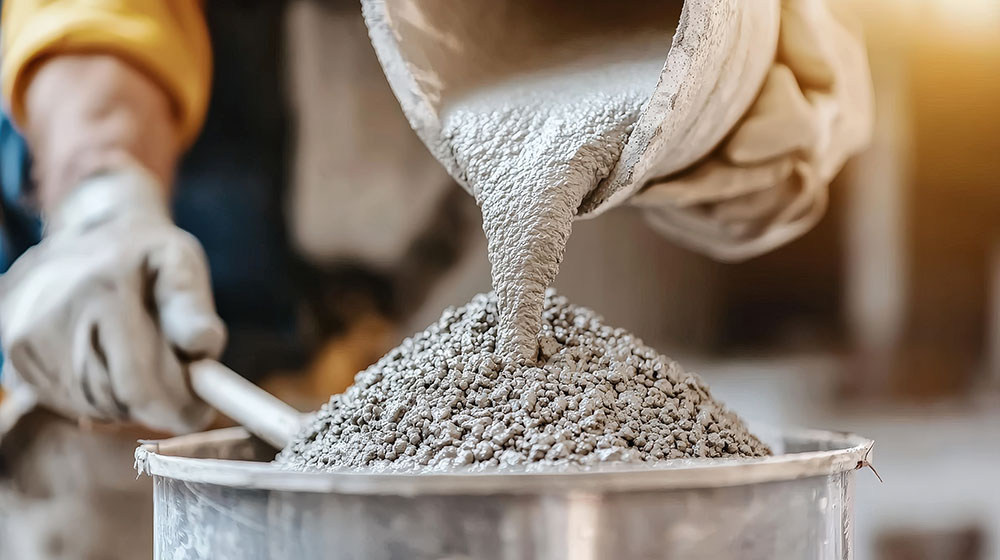By Ines Aviles-Spadoni
During the past six decades, fly ash, a powdery byproduct from burning coal in power plants, has been used as an additive to concrete that makes up our roads, bridges, and even buildings. It has helped make concrete stronger, durable, and sustainable.
Fly ash availability and supply have been reduced in some locations in the United States as many power companies have stopped burning coal for other fuel alternatives, such as natural gas, thus reducing the fly ash production by over 60%.
To come up with a solution for the fly ash shortage, a new study funded by the National Cooperative Highway Research Program (NCHRP) led by Kyle Riding, Ph.D., professor and head, UF Department of Civil and Coastal Engineering and his colleague Chris Ferraro, Ph.D., associate professor in the same department, will be evaluating alternative materials to add to concrete to improve durability.
“Alternate sources of materials have the potential to improve concrete supply chain resilience and infrastructure durability,” Riding said. “This project aims to provide engineers with methods to test and use these materials in concrete in different transportation infrastructure applications, helping translate material science into engineering practice.”
The project “Utilization of Alternative Supplementary Cementitious Materials in Highway Applications” will be conducted in partnership with researchers from The Pennsylvania State University, the University of Toronto, and Global Sustainable Solutions, LLC.
Researchers will test materials such as natural pozzolans, calcinated clays, ground glass, and bottom ash, which is similar in chemical composition to fly ash but must be ground up for use. Materials such as these are known as Alternative Supplementary Cementitious Materials (ASCMs). Each material will be evaluated to make sure it performs as well as fly ash or better. Ferraro explains why it is essential to test these materials.
“Testing these materials is essential to ensure they meet the performance and compatibility requirements of modern concrete,” Ferraro said. “They were selected as alternatives to fly ash due to their potential to provide similar or improved reactivity, availability, and environmental benefits. This work is particularly important given the decreasing availability and consistency of traditional fly ash sources.”
The three-year study will evaluate these materials, produce a testing framework, and a spreadsheet tool for practitioners. The research team will also draft guidelines for the American Association of State Highway and Transportation Officials (AASHTO) that will help state departments of transportation (DOTs) and other transportation agencies make better decisions on which types of concrete mixtures will work best for their transportation infrastructure needs.

